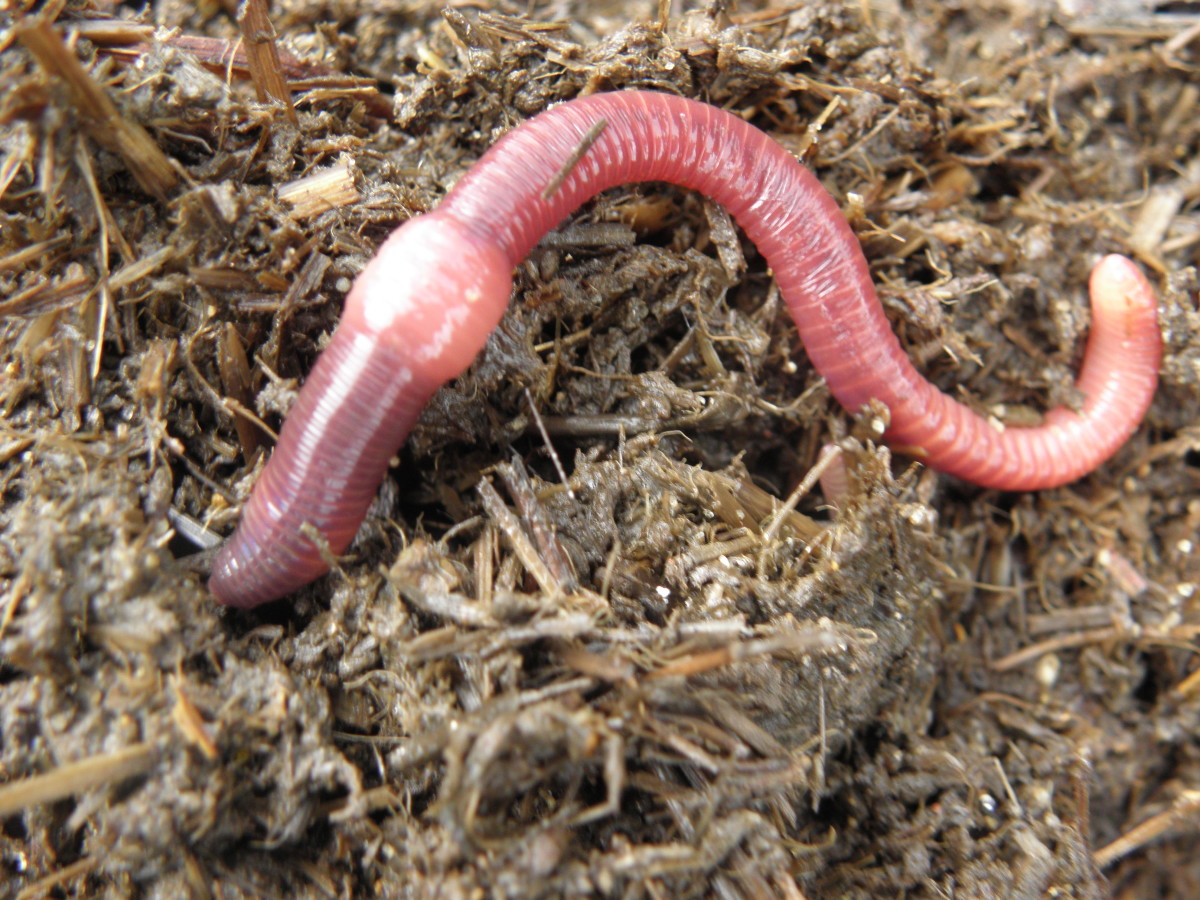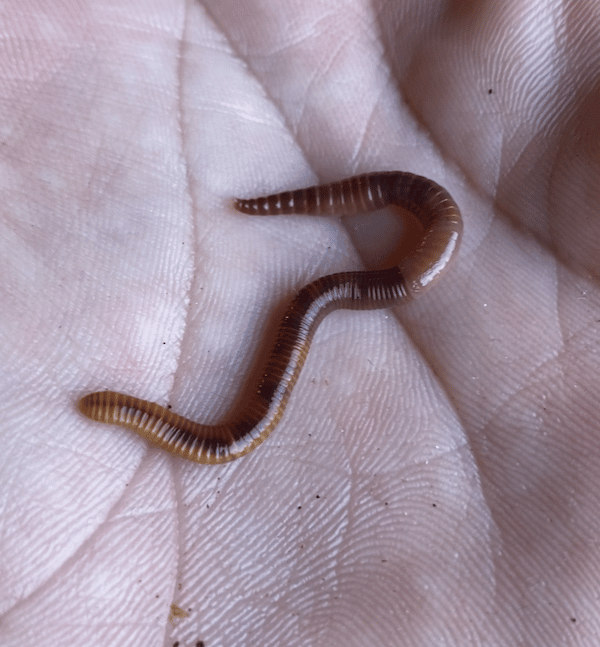Taking Advantage Of the Power of Red Wiggler Composting: A Comprehensive Consider the Environmental and Agricultural Perks of This All-natural Waste Reduction Method
The technique of red wiggler composting stands for an engaging crossway of ecological stewardship and agricultural innovation, supplying a lasting remedy to the growing obstacles of waste monitoring and soil destruction. With the all-natural process of vermicomposting, natural waste is changed right into a beneficial resource that not just enhances dirt however also adds to a considerable reduction in land fill contributions and greenhouse gas exhausts. As we explore the multifaceted advantages of this method, we discover exactly how it can reshape agricultural methods and advertise environmental recognition, triggering a closer examination of its possible influence on our areas and environments.
What Are Red Wiggler Worms?
Red wiggler worms, scientifically called Eisenia fetida, are a types of earthworm specifically adjusted for composting and natural waste malfunction. These worms flourish in the nutrient-rich environment of disintegrating raw material, making them perfect for vermicomposting systems. Expanding to a length of around 3 to four inches, red wigglers are characterized by their reddish-brown pigmentation and distinct banding patterns along their bodies.
Unlike other earthworm varieties, red wigglers prefer to inhabit the top layers of dirt and organic debris, where oxygen degrees are higher and food sources are plentiful. Their physical adaptations permit them to process organic materials effectively; they have a strong digestive system that enables them to convert waste into nutrient-rich spreadings, typically referred to as "black gold" in gardening and agricultural contexts.
Eisenia fetida plays an essential duty in the ecological community by facilitating the decomposition process, enhancing dirt structure, and promoting microbial task. Provided their unique features and environmental significance, red wiggler worms have actually ended up being a central element in sustainable waste monitoring practices and natural gardening initiatives, contributing significantly to ecological health.
Advantages for Dirt Health
The addition of red wiggler worms in composting systems uses substantial benefits for soil health. These worms play a vital duty in the disintegration process, breaking down organic matter into nutrient-rich vermicompost. This natural fertilizer enhances soil structure, water, and aeration retention, adding to an extra desirable setting for plant development.
Vermicompost is abundant in crucial nutrients such as potassium, phosphorus, and nitrogen, which are essential for plant growth (Red Wiggler Composting). The visibility of valuable microbes in vermicompost additionally promotes soil health by boosting nutrition accessibility and reducing soil-borne pathogens. This vibrant communication promotes a robust dirt environment that supports lasting agricultural practices
In addition, red wigglers assist in the formation of humus, a secure organic issue that improves soil fertility and resilience. This increased natural web content not only boosts dirt texture but likewise enhances its capability to withdraw carbon, reducing climate modification impacts.
Including red wiggler composting right into agricultural systems can, therefore, lead to healthier dirts, greater crop yields, and boosted sustainability. As an outcome, accepting this natural waste reduction technique can generate profound advantages for both the environment and agricultural productivity.
Influence On Waste Reduction
Including red wiggler worms into composting systems substantially lowers waste, transforming natural materials that would certainly otherwise add to landfills into valuable garden compost. This method, referred to as vermicomposting, successfully processes kitchen area scraps, yard waste, and other naturally degradable materials, resulting in a substantial reduction in the quantity of waste sent out to landfills. According to the Epa, organic waste consists of a significant section of garbage dump contents, creating damaging greenhouse gases as it breaks down anaerobically.
By utilizing red wigglers, an extremely why not look here reliable composting agent, services and houses can draw away a significant quantity of organic waste from these landfills. Each pound of red wigglers can process and take in concerning half a pound of natural waste daily, causing an exceptional reduction in general waste generation.
In addition, the application of vermicomposting supports neighborhood waste monitoring efforts and advertises a circular economy, wherein waste is changed right into a resource. As areas progressively adopt this method, the collective impact on waste decrease comes to be noticeable, fostering a much more lasting environment and motivating accountable waste management methods. Welcoming red wiggler composting not only mitigates waste concerns but also improves area awareness about sustainable living.
Enhancing Agricultural Practices
Using red wiggler worms in agricultural techniques can considerably enhance soil health and wellness and crop efficiency. These worms play an important function in the composting process, damaging down organic issue right into nutrient-rich vermicompost. This all-natural fertilizer boosts dirt framework, water, and oygenation retention, which are important for robust plant development.
Additionally, the castings created by red wigglers are abundant in necessary nutrients, such as nitrogen, potassium, and phosphorus, advertising much healthier crops with higher returns. The microbial activity boosted by these worms also adds to a successful soil ecological community, enhancing biodiversity and resilience against parasites and illness.

Additionally, the usage of vermicompost can boost dirt pH levels, making nutrients more accessible to plants. Red Wiggler Composting. As a result, farmers can cultivate healthier crops while at the same time adding to soil preservation efforts, inevitably producing an extra sustainable agricultural future
Getting Going With Composting
Starting your composting trip requires an understanding of the necessary components and processes included. The primary ingredient in red wiggler composting is natural waste, which can include kitchen area scraps, backyard waste, and paper items. It is critical to preserve an equilibrium between eco-friendly products, abundant in nitrogen, and brownish products, high in carbon. This balance promotes an optimum environment for red wigglers, which are the vital organisms in this composting approach.
Choosing a proper composting system is equally vital. Worm containers can be created for outdoor or indoor use, and they need to provide sufficient drainage and oygenation. It is advised to begin with a little number of worms-- roughly one pound of red wigglers for every one extra pound of waste produced once a week.

Verdict

The technique of red wiggler composting stands for an engaging junction of ecological stewardship and agricultural innovation, offering a lasting option to the growing obstacles of waste administration and dirt degradation.Additionally, the application of vermicomposting supports regional waste management efforts and promotes a round economy, where waste is changed into a source. As areas significantly adopt this technique, the cumulative impact on waste reduction ends up being noticeable, promoting a more lasting setting and encouraging accountable waste administration practices. The primary component in red wiggler composting is natural waste, which can include cooking area scraps, backyard waste, and paper products.In recap, red wiggler composting offers a lasting solution for organic waste administration, generating nutrient-rich vermicompost that significantly enhances dirt health and wellness.